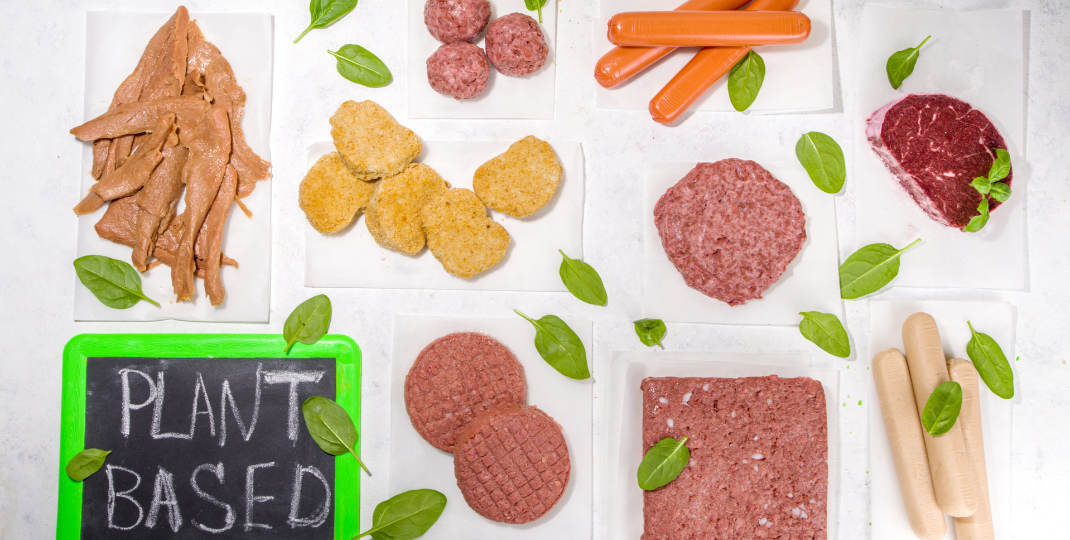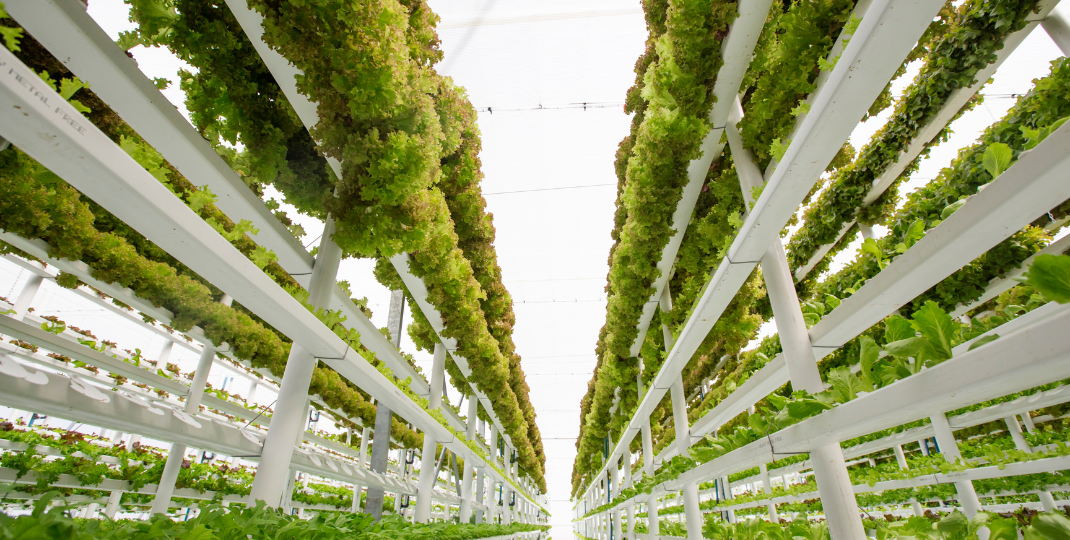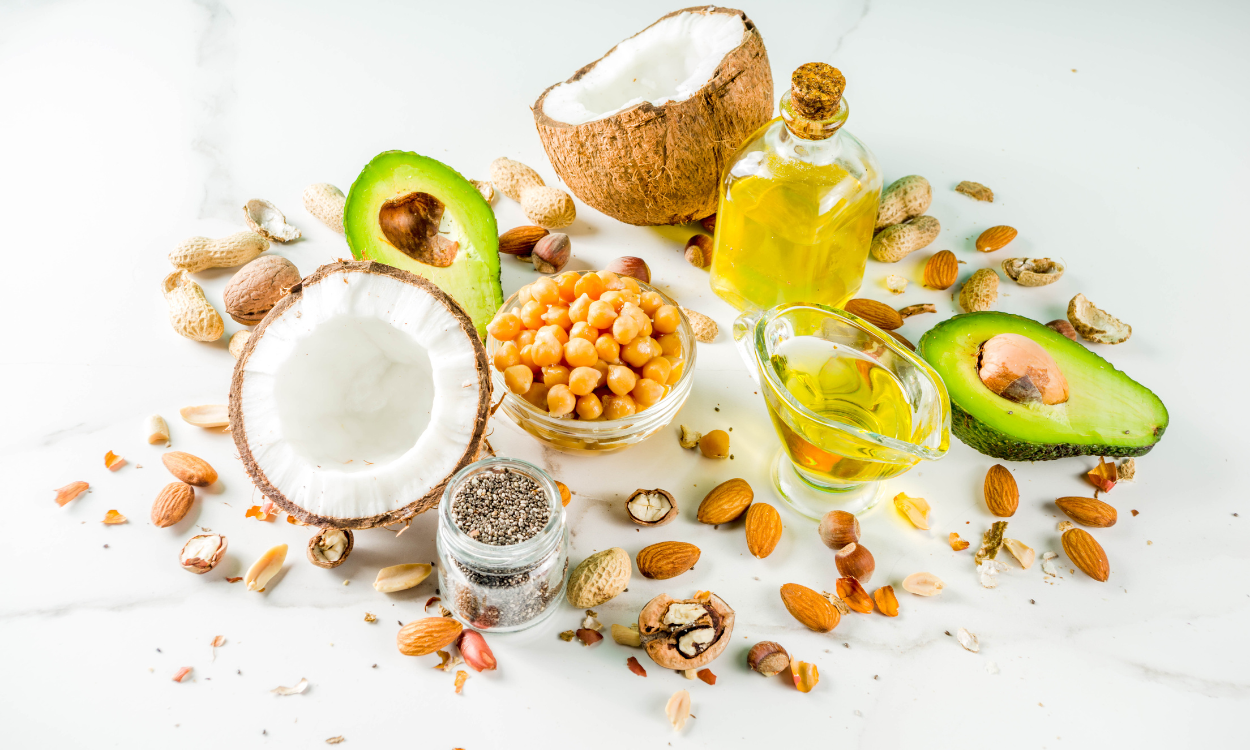Single cell protein (SCP) refers to the use of microorganisms, such as bacteria, fungi, or yeast, to produce high-quality protein for human consumption. SCP is an innovative and sustainable approach to address the growing global demand for protein, considering its potential to alleviate food scarcity, reduce environmental impact, and improve nutrition. By harnessing the natural ability of microorganisms to convert diverse organic materials into protein-rich biomass, SCP offers a promising alternative to traditional protein sources like meat and soybeans. This introductory paragraph will explore the concept of cell protein in more detail, highlighting its benefits and applications.

What are the potential health risks associated with consuming cell protein?
There are several potential health risks associated with consuming cell protein (SCP). Firstly, depending on the production process, SCP may contain toxins or allergenic substances that can cause adverse reactions in individuals. Additionally, the presence of contaminants such as heavy metals or pesticide residues in SCP can pose health hazards. Furthermore, if SCP is derived from genetically modified organisms, there may be concerns regarding the safety and long-term effects of consuming genetically modified proteins. It is important to ensure proper quality control measures and regulatory oversight to minimize these risks and ensure the safety of SCP consumption.

How expensive is the production process for single cell about cell protein protein compared to traditional sources of protein?
The production process for cell protein can vary in cost depending on various factors such as the specific microorganism used, the type of fermentation process employed, and the scale of production. However, generally speaking, cell protein production tends to be more expensive compared to traditional sources of protein. This is primarily due to the specialized equipment and technology required for fermenting microorganisms and optimizing their growth conditions. Additionally, the cost of substrates or raw materials used for fermentation, such as sugars or hydrocarbons, can contribute to the overall cost. Despite its higher production expense, cell protein has the advantage of being a sustainable and efficient protein source with potential benefits for food security and environmental sustainability.
Are there any ethical concerns regarding the use of cell protein as a food source?
There are several ethical concerns regarding the use of cell protein as a food source. One concern is related to the potential environmental impacts of large-scale production of cell protein, such as the use of energy and water resources. Another concern involves the safety and long-term health effects of consuming genetically modified or synthetic proteins. Additionally, there may be concerns about the social and economic implications of relying heavily on cell protein, as it could potentially lead to job losses in traditional agriculture and farming sectors. Finally, there might also be ethical considerations regarding the equitable distribution of cell protein as a food source, ensuring that it is accessible to all populations, especially those in vulnerable communities. Overall, careful consideration of these ethical concerns is necessary to ensure that the use of cell protein as a food source aligns with societal values and principles.
What are the long-term environmental effects of large-scale cell protein production?
Large-scale cell protein production can have several long-term environmental effects. Firstly, it can lead to increased demand for land and water resources, as large quantities of biomass are needed to cultivate the single cell organisms. This may result in deforestation or depletion of freshwater sources, leading to habitat loss and reduced biodiversity. Additionally, the production process may require the use of fertilizers, pesticides, and energy, contributing to pollution and greenhouse gas emissions. Furthermore, if the waste generated during the production process is not properly managed, it can contaminate nearby ecosystems and harm aquatic life. Overall, while cell protein production has the potential to address food security challenges, its large-scale implementation needs to be carefully managed to mitigate these environmental consequences.
How does the taste and texture of cell protein compare to traditional sources of protein?

cell protein, also known as microbial protein, has a taste and texture that can vary depending on the specific microorganism used to produce it. In general, cell protein is often described as having a mild or neutral taste, similar to tofu or certain types of mushrooms. Its texture can range from soft and chewy to firm and crumbly, again depending on the production method and microorganism used. In comparison to traditional sources of protein such as meat, poultry, or fish, cell protein may have a less pronounced flavor and a different mouthfeel. However, efforts are being made to improve the taste and texture of cell protein to make it more appealing to consumers.

Can cell protein be used as a viable alternative to animal-based protein in vegetarian and vegan diets?
cell protein (SCP) has emerged as a potential alternative to animal-based protein for vegetarian and vegan diets. SCP is produced by cultivating microorganisms such as bacteria, yeast, or algae, which have high protein content. It offers several advantages, including a lower environmental footprint, efficient resource utilization, and the ability to be customized with specific nutritional profiles. Additionally, SCP can provide essential amino acids required by humans. While there are some challenges associated with large-scale production and consumer acceptance of SCP, ongoing research and development efforts are making it increasingly promising as a viable alternative to animal-based protein in vegetarian and vegan diets.
Are there any regulatory restrictions or limitations on the production and sale of cell protein?
Regulatory restrictions or limitations on the production and sale of cell protein (SCP) vary depending on the country and specific jurisdiction. In many cases, SCP is considered a novel food ingredient, and therefore it may be subject to food safety assessments and approval processes before it can be legally produced and sold. Regulatory authorities typically evaluate factors such as the source of microorganisms used for SCP production, their safety for human consumption, and any potential allergenicity or toxicity concerns. Additionally, labeling and marketing regulations may also apply to ensure transparency and consumer protection. Overall, while regulatory restrictions exist, they aim to ensure the safety and quality of SCP products in the market.

Is there currently enough research and development being done to optimize the production and utilization of cell protein?

There is currently a significant amount of research and development being done to optimize the production and utilization of cell protein. This emerging field aims to produce protein-rich food and feed ingredients using microorganisms, such as bacteria, yeasts, and fungi. Researchers are exploring various techniques including fermentation, genetic engineering, and bioreactor design to improve efficiency, scalability, and nutritional value of cell protein production. Additionally, efforts are being made to enhance the applications of cell protein in alternative protein sources, animal feed, and sustainable agriculture. However, further research is still needed to address challenges related to cost-effectiveness, safety, taste, consumer acceptance, and regulatory frameworks before widespread adoption and commercialization can be achieved.
The Future of Sustainable Food: Exploring the Potential of cell protein
In conclusion, cell protein (SCP) offers a promising solution to the growing global demand for food and protein sources. Its production through microbial fermentation provides a sustainable alternative to traditional animal-based protein production that is environmentally friendly and resource-efficient. SCP not only has the potential to alleviate food scarcity issues but also offers numerous health benefits as it can be manipulated to contain specific nutrients. With ongoing advancements in biotechnology and increased awareness regarding the importance of sustainable food systems, cell protein has the potential to revolutionize the way we produce and consume protein, leading to a more resilient and equitable future for all.
